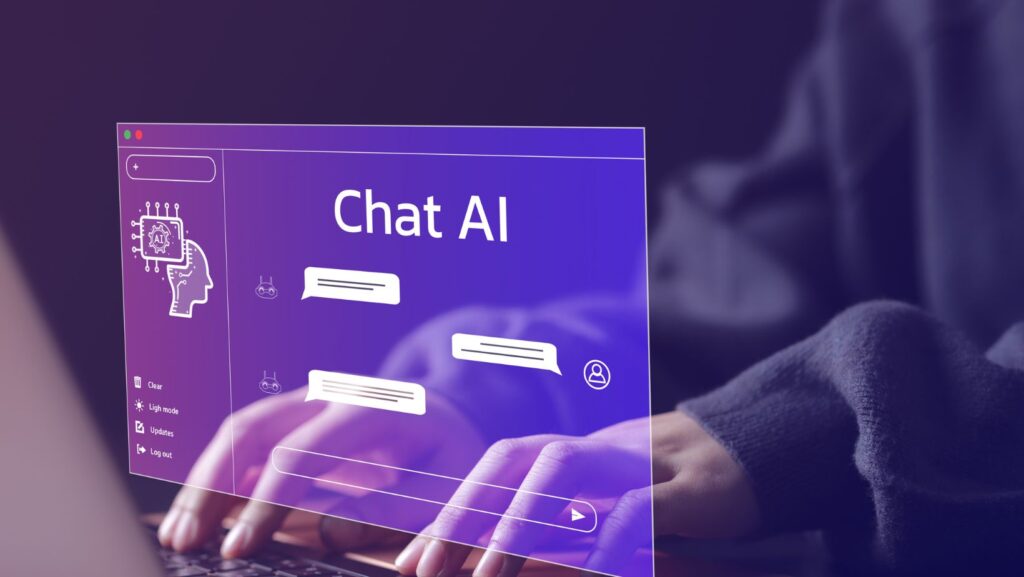In today’s rapidly globalizing world, businesses, content creators, and media producers are increasingly seeking innovative ways to expand their reach to diverse audiences. One of the most significant challenges in global content distribution has always been the language barrier. To break through this, traditional dubbing has been the solution. However, with the advancement of artificial intelligence (AI) technology, AI dubbing is emerging as a game-changing solution, transforming how content is localized for a worldwide audience. In this article, we will explore the future of content localization, focusing on the role of AI dubbing in helping companies achieve global reach and maximize their audience engagement.
The Rise of Global Content Consumption
In the past, content creators primarily focused on localizing content for specific markets, such as Europe, North America, and Asia. However, with the advent of streaming platforms like Netflix, YouTube, and Amazon Prime, the demand for global content has skyrocketed. Now, people in every corner of the globe have access to a vast array of media, from films and TV shows to video games and educational videos. This has led to an explosion in content consumption across languages and cultures.
With the increasing availability of international content, the need for localization has become more crucial than ever. Content creators need to ensure that their offerings are accessible to viewers in multiple regions, often requiring adaptation for different languages, cultural contexts, and preferences. One of the most important elements of this localization process is dubbing – the practice of replacing the original audio track with a translated version to make content accessible to a new language audience.
Traditional Dubbing: Challenges and Limitations
Traditional dubbing involves hiring voice actors to record new dialogue that matches the original content. While this has been the standard practice for many years, it comes with its fair share of challenges. First and foremost, the process is time-consuming and expensive. It requires hiring skilled voice actors, sound engineers, and translators, as well as a studio to record and synchronize the new dialogue with the original video.
 Moreover, traditional dubbing often faces issues with accuracy and cultural relevance. A direct translation may not always capture the nuance or tone of the original content. Additionally, finding voice actors who can effectively match the original voices in terms of tone, delivery, and emotional impact can be a difficult and costly endeavor. This is particularly challenging for languages that have a very different sound or cadence compared to the original language.
Moreover, traditional dubbing often faces issues with accuracy and cultural relevance. A direct translation may not always capture the nuance or tone of the original content. Additionally, finding voice actors who can effectively match the original voices in terms of tone, delivery, and emotional impact can be a difficult and costly endeavor. This is particularly challenging for languages that have a very different sound or cadence compared to the original language.
The Emergence of AI Dubbing: Revolutionizing Localization
AI dubbing has emerged as a revolutionary tool for content localization, offering a more efficient and scalable solution to the challenges of traditional dubbing. Powered by machine learning and natural language processing, AI dubbing uses advanced algorithms to generate lifelike, high-quality voice overs that are synchronized with the original video.
What sets AI dubbing apart from traditional methods is its speed and cost-effectiveness. Unlike traditional dubbing, which requires a significant investment of time and resources, AI dubbing can produce a translated and dubbed version of content in a fraction of the time. This is especially important for content creators who need to keep up with the rapid pace of content production and distribution in today’s fast-paced digital world.
Additionally, AI dubbing enables content creators to localize their work for multiple languages simultaneously. This means that instead of focusing on one language at a time, creators can cater to global audiences without delays. The technology is capable of generating a variety of voices in different accents and tones, making the localized version sound natural and engaging for the target audience.
Benefits of AI Dubbing for Global Content Reach
1. Faster Turnaround Time
One of the most significant advantages of AI dubbing is the speed at which it can be executed. Traditional dubbing can take weeks or even months, depending on the length and complexity of the content. However, with AI dubbing, the process is accelerated, allowing content creators to reach global audiences much faster. This is particularly important for industries like film, television, and gaming, where releasing content promptly is essential to capitalizing on trends and maintaining audience interest.
2. Cost Efficiency
AI dubbing also offers significant cost savings over traditional methods. Traditional dubbing requires multiple stages, including hiring voice talent, sound engineers, and translators, each of whom adds to the cost of production. AI dubbing reduces the need for human intervention in many of these steps, streamlining the process and reducing the overall cost. This makes it a more accessible option for smaller content creators or businesses with limited budgets.
3. Scalability
With AI dubbing, content creators can easily scale their localization efforts. Rather than focusing on a few major languages, AI allows for quick translations into dozens or even hundreds of languages, depending on the demand. This level of scalability is particularly beneficial for content that is intended for a global audience, such as e-learning modules, marketing videos, or social media content.
4. Personalization and Customization
AI dubbing offers the potential for highly customized and personalized voiceovers. Using AI, voice actors can be selected based on specific demographic characteristics such as accent, age, gender, or tone. For example, a company might choose to dub an advertisement for a North American audience with a friendly, energetic voice, while opting for a more formal, professional tone for an Asian market. This level of personalization helps create a more authentic experience for viewers in different regions.
5. Multilingual Support
AI dubbing technology has the ability to handle a vast array of languages, including rare or regional dialects. For content creators looking to reach niche markets or underserved communities, AI dubbing can offer an invaluable tool for expanding their audience base. With AI, there is no longer a need to choose which languages to prioritize; instead, companies can provide content in any language they see fit.
AI Dubbing in Practice: Real-World Applications
AI dubbing is already being used across various industries to enhance content localization. Here are a few examples of how businesses are leveraging AI dubbing to achieve global reach:
1. Streaming Platforms
Streaming giants like Netflix, Amazon Prime, and Disney+ have embraced AI dubbing to localize their content for international markets. With millions of viewers worldwide, these platforms need to provide a seamless viewing experience for audiences across different languages. AI dubbing enables them to scale their dubbing efforts efficiently, ensuring that content is available in multiple languages on release day. By automating the dubbing process, streaming platforms can keep costs down while offering a high-quality localized experience for subscribers around the globe.
2. Video Games
The video game industry is another sector where AI dubbing is making a significant impact. As games become more complex and immersive, the demand for high-quality voice acting has increased. Traditionally, game localization required large teams of voice actors, translators, and sound engineers.  Now, AI dubbing is allowing game developers to quickly localize their games into numerous languages, helping them reach a wider audience and ensuring that players from different regions have a seamless experience.
Now, AI dubbing is allowing game developers to quickly localize their games into numerous languages, helping them reach a wider audience and ensuring that players from different regions have a seamless experience.
3. E-Learning and Educational Content
AI dubbing is also proving beneficial in the e-learning sector. Educational videos, online courses, and training modules can be localized using AI dubbing, enabling content to be accessible to students across the world. By offering courses in multiple languages, e-learning platforms can break down language barriers and provide more inclusive educational opportunities.
4. Marketing and Advertising
For businesses seeking to expand their brand’s global reach, AI dubbing can be a powerful tool in marketing and advertising. With the ability to create tailored voiceovers for different languages and regions, companies can produce marketing content that resonates with diverse audiences. AI dubbing helps ensure that promotional messages are delivered effectively, maintaining the tone, emotion, and brand identity across multiple languages.
The Future of AI Dubbing: Evolving Technology
As AI technology continues to evolve, the capabilities of AI dubbing are only expected to improve. In the future, we may see even more sophisticated AI systems that can better mimic human emotions, intonations, and cultural nuances. AI dubbing may also become increasingly accessible, allowing even small content creators to utilize it for their global localization efforts.
Furthermore, advancements in AI may lead to greater integration of real-time dubbing, enabling live broadcasts, webinars, and streaming events to be dubbed in real time. This would open up exciting new possibilities for content creators, particularly in fields like live sports broadcasting or global news coverage.
Conclusion
AI dubbing is revolutionizing the way content is localized, offering a faster, more cost-effective, and scalable solution for businesses and content creators seeking to reach global audiences. With its ability to overcome the challenges of traditional dubbing, AI is making it easier for companies to break down language barriers and engage with viewers around the world. As the technology continues to improve, the future of content localization looks incredibly promising, with AI dubbing playing a central role in shaping the way we consume content on a global scale. For more information on how AI dubbing is transforming the industry, visit AI Studios.
